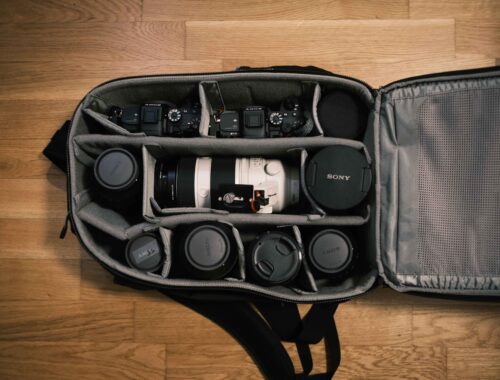
Streamlining Your Photo Catalog: Revolutionize Your Photography

Regardless of whether we snap pictures on our phones or professional cameras, we all maintain a photo archive. Apps like Google Photos and Apple Photos, as well as software like Adobe Lightroom and Capture One, automatically sort our photos based on various parameters such as time, location, and even AI-identified features. With technology advancing, storage becoming cheaper, and photography becoming more accessible, our collections are growing exponentially. However, an unexpected need for a specific photo quickly reveals the limitations of a basic catalog.
The Drawbacks of a Basic Photography Archive
Why is it crucial to have a more categorized library? Let’s explore several scenarios where this becomes apparent:
Side Projects
Imagine you’ve been working on several photoshoots, and you realize you’ve been unknowingly accumulating photos for a potential side project. You now have enough material to compile into a body of work, but to do so, you’d have to sift through your entire catalog, consuming days of your time.
Opportunities
You come across a website or magazine that focuses on a subject you’ve photographed extensively. There’s potential for a collaboration, but you need to find all your relevant photos that may be scattered across years of photography.
Unforeseen Significance
History is written every day, and sometimes, seemingly mundane subjects can gain importance due to news events. Perhaps a forest or historical architecture has been affected, or an accident has occurred at a specific location. The associated images suddenly gain importance, but can you locate them easily?
Evolving Interests
As your interests and taste evolve over time, you might find new value in your older work. You’ll want to revisit and potentially reprocess these images, but first, you’ll have to find them.
Beyond the Basics: Efficient Photo Catalog Organization
Over-organizing your images with numerous keywords and ratings can over-complicate the process and may eventually lead you to abandon it. Here’s a suggested approach to maintaining your photo library effectively:
Geotagging
For landscape photographers, the geographic location of a photo is essential. Most cellphone cameras, and many professional cameras, offer geotagging features. If your camera doesn’t support this, you can use apps like Geotag Photos Pro to manually input GPS data, then import your images into your software of choice.
Keywords
A few relevant keywords can make all the difference. You’ll already have GPS coordinates and camera metadata (like exposure and focal length), but you might also want to add:
- Filters used, like ND filters
- Techniques employed, such as camera motion, black and white conversion (BW), or motion blur
- Primary subjects in the frame (e.g., coast-line, waves, flowing water, thunderstorm, milky way, aurora, trunk, rock, spider web, man-made structures, moon)
- Atmosphere conditions (haze, fog, heavy clouds, snow, heavy rain)
Though this may seem like extra work, adding these details during import can help assess images and pay off in the long run.
Frequently Asked Questions
- Why is an organized photo catalog necessary?
An organized catalog helps you quickly locate specific images, which can be particularly useful for collabs, side projects, or when past images gain new significance. - What details should I include in my photo catalog?
In addition to geotagging, you might want to add keywords related to the filters used, techniques employed, primary subjects, and atmosphere conditions. - What’s the best way to manage a growing photo library?
Organize your library using a few relevant keywords and geotagging, and update this information during the import process.
Conclusion
While maintaining a detailed photography catalog can seem daunting, it is crucial for efficient access to your growing collection of images. By incorporating geotagging and relevant keywords, you can streamline your archive and make it easier to locate specific images when the need arises.




